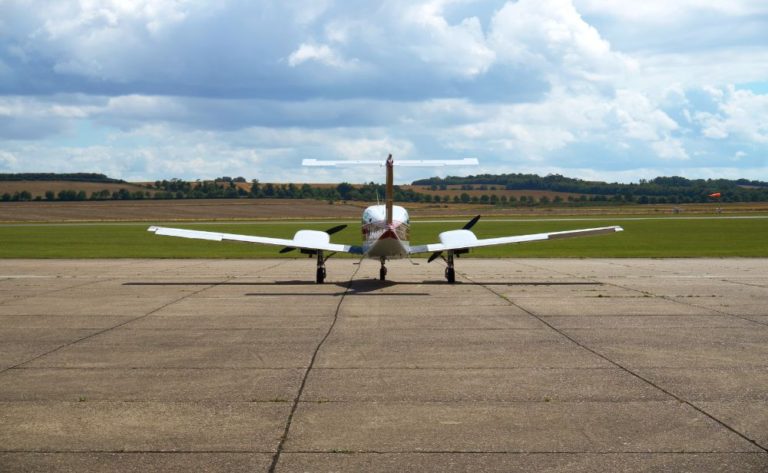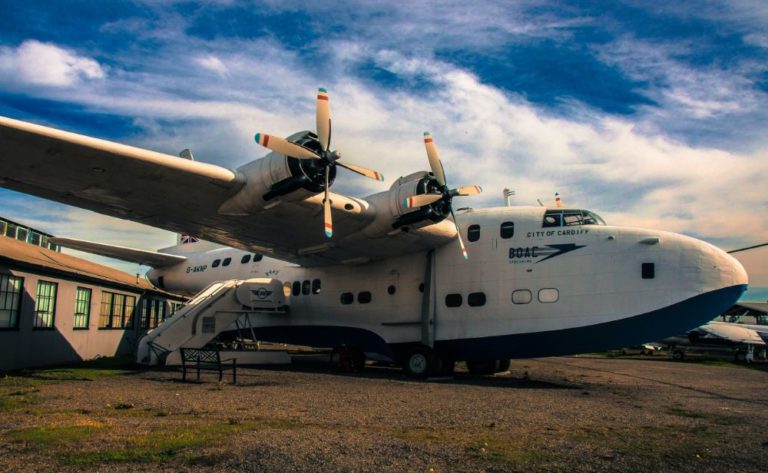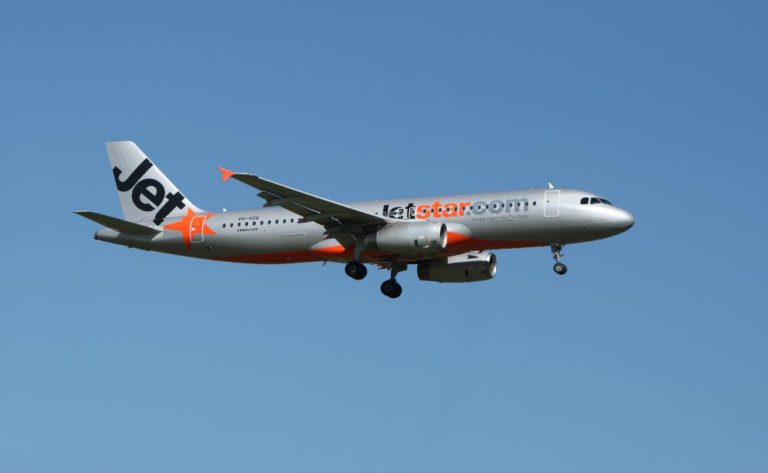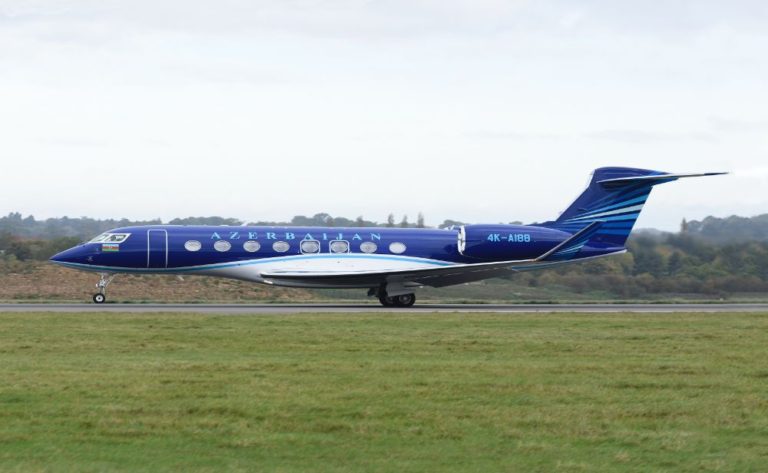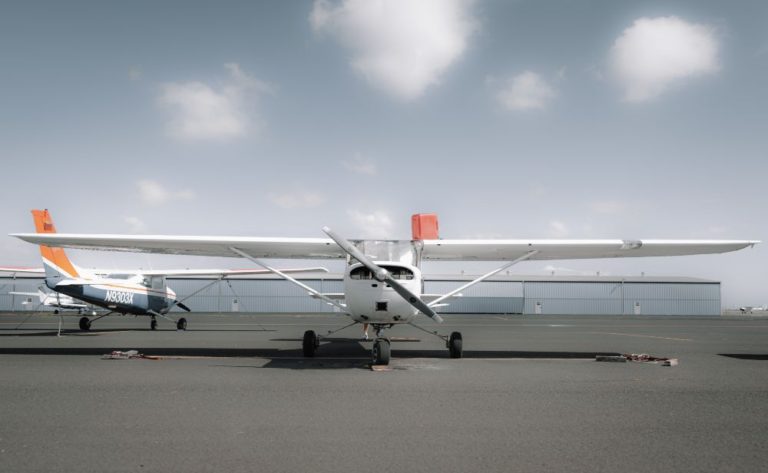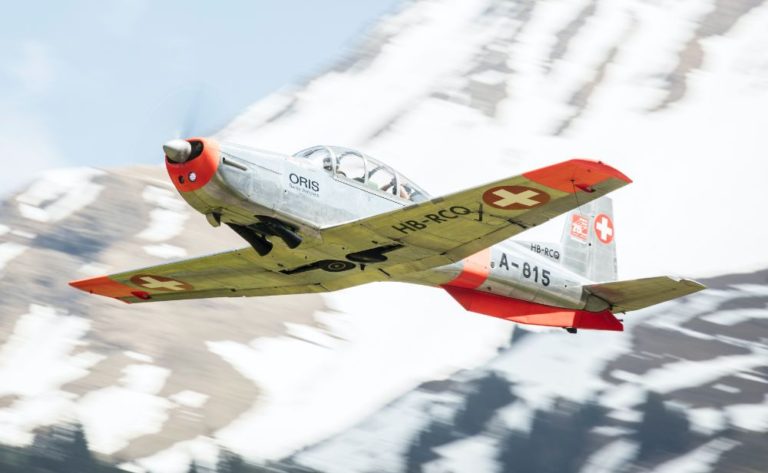Embraer Phenom 100EV Guide and Specs: All You Need To Know

When it was first revealed, the first-generation Embraer Phenom 100 generated quite a bit of excitement among members of the aviation world. This aircraft belongs to a category known as very light jets (VLJ), and in 2007, it was one of just a few that belonged to this category. It was up against tough competition from aircraft such as the Cessna Citation Mustang and the Eclipse 500 from Eclipse Aerospace. It has subsequently surpassed all of its rivals in terms of sales, with the exception of the Citation Mustang, and has become the most popular VLJ in existence.
Since it was first released, the Phenom 100 has enjoyed tremendous success, and there is a solid reason for this. It is meant to be simple to fly, which makes it appealing to pilots who are just beginning their careers flying jet aircraft. Because of the high level of automation that it possesses, the Phenom 100 can be flown by a single pilot with relative ease.
The computers, which are often referred to as “computers with wings,” perform their tasks in the background, lessen the workload of the pilots, and do not interfere in any way with the actual act of flying. These solutions have received nothing but acclaim from pilots, the vast majority of whom loathe automation.
On March 31, 2017, the first Phenom 100EV was delivered to a customer. The Phenom 100 family has now reached its third generation with this product. Because the majority of the improvements made to the 100EV were done under the hood to improve performance, it is possible that the 100EV will have the same appearance as its predecessors.
The Pratt & Whitney PW617F1-E turbofan engines that power the 100EV have been refined to produce more thrust than their previous iterations. Because of the reduction in the 100EV’s basic empty weight, the vehicle can now reach its service ceiling of 41,000 feet in 25 minutes, which is an improvement of eight minutes over its previous time. The high-density altitude takeoff distance was cut in half, going from 6,609 feet to 5,663 feet as a result of the improvements.
The installation of a brand-new Embraer Prodigy flight deck represents the most major update to the 100EV. The G1000 suite served as the inspiration for earlier incarnations of the system, however the most recent iteration is based on an improved version of the Garmin 3000. The system now boasts increased processing power, improved display capabilities, and the addition of brand new functions.
The performance and manoeuvrability of the Embraer Phenom 100EV
The 100EV is powered by two Pratt & Whitney PW617F1-E turbofan engines, same like its predecessor, the 100E, which belonged to the preceding generation. This time around, there has been a boost in the thrust to bring it up to 1,730 lbf. In addition to being friendlier to the environment, this aircraft generates 10% less CO2 than its nearest competitor.
Because of the onboard computers, the aircraft is designed to be flown by a single pilot, and thus reduces the amount of work that the pilot needs to do so that they can concentrate on flying. Because of its configuration, it is susceptible to super stalls, just like any other aircraft with a T-tail. Stick pushers, on the other hand, are installed in the aircraft to ensure that this kind of thing never happens.
Embraer Phenom 100EV Model Maintenance Schedule
The Phenom 100EV has a useful life of 35,000 hours, according to the manufacturer. The maintenance schedule for the aircraft helps limit downtime and ensures that the 100EV continues to operate properly.
The airframe of the Phenom 100 makes maintenance a breeze as well because the regions that are frequently used for maintenance are simple in design and easy to access. Not only can the computers on board the aircraft help make flying easier, but they can also correctly spot any maintenance difficulties, which helps cut down on the amount of time required diagnosing the problem.
The aeroplane comes with a guarantee that lasts for five years and states that any item that fails to function properly or shows signs of unusual wear and tear will be replaced free of charge during that time. In addition, Pratt & Whitney offers extended warranty plans that deliver an equivalent level of protection for the engine.
Improvements and Alterations Made to an Embraer Phenom 100EV
The main cabin of the Phenom 100EV may be configured in either of two different ways. There is a regular cabin that has four seats, an enhanced cabin that has five seats and a belted restroom, and an optional fifth seat. There are four different colour options for the interior. In conclusion, the exterior is offered in a choice of seven distinct colour schemes, and the stripes can be customised in more than thirty different hues.
Embraer Phenom 100EV The Best Places to Look for Replacement Components
The company’s authorised dealers and distributors are the ones that are responsible for supplying the Phenom’s internals and airframe with replacement components. These prices do not include engine parts, which are obtained through Pratt & Whitney and the service centres they operate.
Embraer Phenom 100EV Frequently Encountered Issues
The Phenom 100’s brakes have been the source of its most significant issue as well as the only three accidents it has been involved in. The software on the brake control unit was updated, which allowed these problems to be fixed (BCU).
Options for Insurance on an Embraer Phenom 100EV
There are two distinct types of coverage that make up aviation insurance: liability coverage and hull coverage. The amount paid for insurance is mostly determined by the level of experience and track record of the pilot, in addition to the safety record of the aircraft.
Because they constitute a greater threat to the airline, pilots with less experience are required to pay a higher rate. To be called a professional pilot, an individual must have a minimum of commercial hours, 3,000 total hours, 1,000 hours flying multi-engine aircraft, and 50 hours flying their specific make and model of aircraft.
Any aircraft absolutely needs to have liability insurance. It shields the operator from liability for injuries and property damage caused by the aircraft to other parties. If the owner is successfully sued, the owner’s legal bills will be paid for by the liability insurance policy. There is an option for hull coverage, which protects the aircraft from damage. During the first step of the insurance process, a valuation of the aircraft is performed. This assessment is used to determine the amount of coverage provided.
There are just six insurance companies that offer coverage for the Phenom 100 and its variations. An experienced pilot should expect to pay between $1,500 and $1,750 year for an insurance that provides only liability coverage of one million dollars. On the other hand, low-time pilots should expect to pay anywhere from $1,800 to $2,400 for the same time period.
For experienced pilots, the annual premium for an insurance that covers hull and liability damage to the tune of $4,500,000 and $1,000,000, respectively, can range anywhere from $18,000 to $22,700. While pilots with little to no experience can expect to make between $38,000 and $46,500 per year,
Embraer Phenom 100EV Price
2017 marked the debut of the Phenom 100EV, which carried an initial suggested retail price of $4.4 million. Because of this, the aircraft was able to become one of the more luxurious choices available in the VLJ category. However, Embraer has its justifications. The aircraft represents a significant advancement over the one that came before it in terms of both its performance and its equipment, which is now more expensive.
In the year 2022, the entry-level price for a brand-new Phenom 100EV is 4.5 million dollars. The price of a customised model is determined by the number of features that are included in the aeroplane and can reach as high as $5 million.
Crew Compensation
Although the Phenom 100 is a relatively simple aircraft to pilot, the vast majority of buyers opt to have an experienced professional commercial pilot who is familiar with flying jets operate the aircraft on their behalf. It reduces the amount paid for insurance while also raising the bar for the level of overall safety that each flight must meet. The typical annual income of an experienced pilot with a type rating is 114 682 dollars.
The Cost of Crew Training
To reiterate, flying the Phenom is not very difficult. Because the Phenom’s flight decks are based on the Garmin G1000 and G3000 flight decks, it is possible for anyone who is already familiar with these systems to confidently pilot the aircraft.
The pilot must still possess a type rating in order to operate the aircraft, despite the fact that it is quite simple. In addition, the crew is required to undergo regular flying and medical exams in order to maintain their certifications. These expenses are also covered by the employer.
Prices Paid for Storage
There are two different ways to put an aeroplane into storage. Ramp parking and hangar storage.
The cost of securing the aeroplane to the ramp is rather low. On the other hand, it does not provide any protection against the elements or the possibility of collisions with other aircraft or service vehicles. A hangar, on the other hand, will prevent the aircraft from being damaged in any way, but it will be more expensive.
Considering that business jets spend the majority of their time on the ground, the majority of the time, it is preferred to park the aircraft inside of a hangar rather than outside. The aeroplane will be parked on the ramp only if it is scheduled to take off within the next few hours the vast majority of the time. Hangars are notoriously pricey and, depending on the airport, can sometimes be completely unreasonable. In addition to this, the cost of a hangar is also affected by the type of aircraft that will be stored there.
A hangar in BIS, North Dakota, will cost approximately $30,000 per year for a G100, while a hangar in LAX will cost $120,000 per year for the same aircraft. The annual national average cost of a hangar for an Embraer Phenom 100, according to figures provided by Liberty Jet, is $19,249.
Insurance We’ve established that insurance entails an annual payment obligation. It is necessary to make the payment for as long as the policy is in effect. An experienced pilot’s premium for a policy that includes both liability and hull coverage is taken into consideration in this cost estimation. According to LibertyJets.com, the annual premium for insurance should be somewhere about $25,682 dollars.
Management Refueling, maintenance, hangar storage, customs, foreign flight licences and documentation, and other flight-specific procedures will all be coordinated by a jet management programme. Some programmes even provide training for crew members and will design a MEL as well as get approval for it (minimum equipment checklist). The list continues on after that point.
For a business jet, it is absolutely necessary to work with a reputable management service. The management service will see to it that all details are attended to in order to guarantee that flight operations go off without a hitch. According to estimates provided by Liberty Jet, the annual cost of a management programme for an operator of a Phenom 100 will be $48,000.
Miscellaneous Expenses That Don’t Change
These are costs that are not anticipated that may occur over the course of a year and are unrelated to the number of flight hours.
Fuel Because the cost of gasoline is by far the most significant expense associated with operating a flight, the aviation industry has made it one of its primary priorities to design aeroplanes that consume less fuel with each new generation. The Phenom 100EV has improved fuel efficiency in comparison to its earlier models while also increasing its overall output. A Phenom 100EV consumes an average of 125 US Gallons (473 l) of fuel every hour; the total cost will be $550 if the price of a gallon is $4.40.
The Phenom 100EV’s airframe is maintained by one of Embraer’s many authorised dealers who are responsible for the aircraft’s overall maintenance. Elliot Aviation provides a detailed rundown of the different maintenance programmes, which can either be based on the calendar or on the hours flown. The cost of operating a Phenom for 400 flight hours per year comes to $60,666 per year. A separate team of authorised Pratt & Whitney service dealers is responsible for the maintenance of the engines. At 400 hours of operation, the cost of engine maintenance for a 100EV will amount to a total of $109,842 per year for the operator.
Additional Fees and Expenses
These unanticipated expenses are immediately associated with the operating of the aircraft. At a time commitment of 400 hours, the annual cost is anticipated to be $10,000.
Embraer Phenom 100EV Owner Reviews
The cockpit of the G-3000-based Phenom 100EV is designed to be intuitive and user-friendly, and it features a multitude of devices that are intended to make the pilot’s job easier, like FADEC engines, braking assistance, and many more. According to Embraer, a pilot operating a Phenom 100 requires 70 percent less actions to finish a flight than a pilot operating a competitor’s aircraft. The Phenom 100 is well-known for its two-page checklist that can easily fit into a pocket.
Embraer Phenom 100EV Similar Aircraft
In the category of very light jets (VLJ), where the Phenom 100EV competes, there are only a few aircraft, therefore the level of competition is extremely high. Despite this, the aircraft has been able to maintain its position in the category and has outsold all of its rivals, with the exception of Cessna’s Citation M2 and Citation Mustang. Other significant rivals include the Honda Jet and the Honda Jet Elite, which is an enhanced version of the Honda Jet, as well as the Eclipse 550 and the Cirrus Vision Jet.
The Phenom 100EV is a jack of all trades but the master of none in terms of its performance, placing it squarely in the middle of the pack among similar processors. On the other hand, it has an advantage over the competitors in one category, and that is the maximum payload. The hauling capacity of the Phenom 100EV is 1,775 pounds, which is 55 pounds greater than the next closest competitor.
There Are Clubs for the Embraer Phenom 100EV That You Can Join
There are currently no fan groups available for individuals who own a Phenom 100EV to join.
The acronym for “Frequently Asked Questions” is “FAQ.”
What is the maximum allowable gross weight for a Phenom 100EV?
The maximum takeoff weight (MTOW) of the Phenom 100EV is 4,800 kg (10,582 lb).
What is the maximum number of passengers that can ride on a Phenom 100EV?
The maximum number of passengers that may be carried at one time is eight, and that includes the crew. However, the maximum occupancy can vary depending on the arrangement.
How is the Current Generation of the 100EV Different from That of Previous Ones?
The answer is that the 100EV is outfitted with more powerful engines, a more modern flight deck based on the G-3000, emits fewer emissions, and operates more effectively at high-density airports at higher altitudes.
